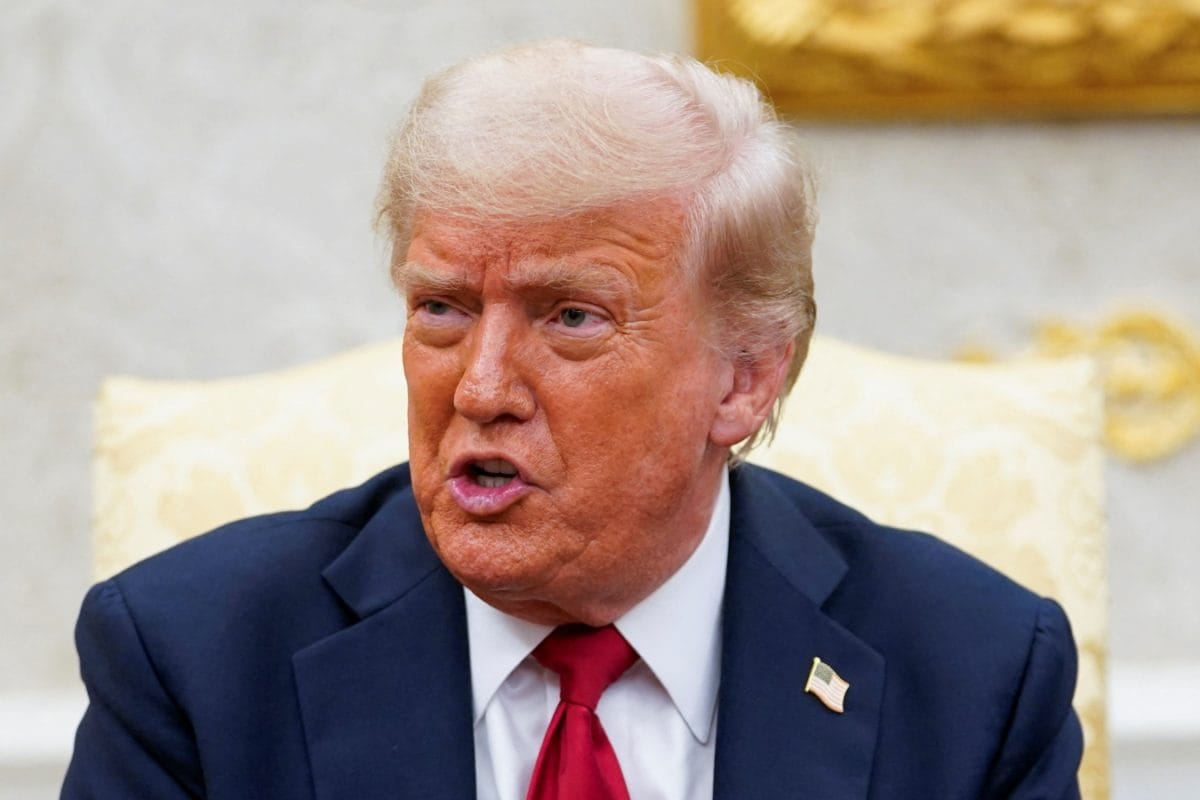

President Donald Trump has announced plans to impose tariffs on pharmaceuticals and semiconductors, with the pharmaceutical tariffs potentially taking effect as early as August 1st. The move is intended to encourage domestic manufacturing and reduce reliance on foreign imports.
Pharmaceutical Tariffs
Trump indicated that he is likely to impose tariffs on pharmaceuticals by the end of July 2025. He suggested starting with a low tariff rate and giving pharmaceutical companies approximately one year to establish or expand their manufacturing within the United States. After this period, the tariff rate could significantly increase, potentially reaching as high as 200%. The goal is to incentivize pharmaceutical companies to shift their production to the U.S.. Trump has already initiated investigations into pharmaceutical imports under Section 232 of the Trade Expansion Act of 1962, arguing that a surge of foreign imports threatens national security.
These tariffs could have an immediate impact on drugmakers that produce drugs overseas, potentially increasing costs for American consumers. While the U.S. boasts the world's largest pharmaceutical industry by production value, it still imports a significant amount of pharmaceuticals, particularly active pharmaceutical ingredients (APIs), from countries like India and China. The tariffs aim to boost domestic API production, but some economists caution that higher tariffs on APIs could lead to higher medicine costs for patients in the U.S.
Semiconductor Tariffs
Trump stated that his timeline for implementing tariffs on semiconductors is "similar" to that of pharmaceuticals. He also noted that imposing levies on chips would be "less complicated," although he didn't provide specific details. In the past, Trump has considered tariffs as high as 100% on semiconductors made in Taiwan to compel chip manufacturers to move production to the United States.
The semiconductor industry is crucial to modern electronics manufacturing. Tariffs on semiconductors could increase costs at every level of the supply chain. For example, a 10% tariff on Taiwan-made chips could raise procurement costs for U.S.-based original equipment manufacturers (OEMs) in sectors like AI, consumer electronics, and automotive. The tariffs could also impact popular products such as laptops and smartphones. These tariffs are often framed as tools to rebalance trade and revive domestic industry, but they can also backfire, especially in globally integrated sectors like electronics.
Broader Trade Strategy
These potential tariffs on pharmaceuticals and semiconductors are part of a broader trade strategy under the Trump administration. Trump has also suggested a 50% tariff on copper imports. He has been sending letters to various trading partners, outlining the tariff rates they will face if they don't reach trade agreements with the U.S. Trump's administration has levied sweeping tariffs on a wide range of sectors and trading partners. A blanket tariff of 10% has been set against virtually all major countries, while other nations face harsher duties.
Potential Consequences
These tariffs could lead to retaliatory measures from other nations, potentially disrupting global markets and intensifying pressures on U.S. semiconductor firms. The semiconductor industry may face a period of turbulence, shaped by shifting policies, trade restrictions, and supply chain realignments. Businesses are advised to closely monitor regulatory changes, diversify manufacturing strategies, and explore stockpiling options to mitigate risks.